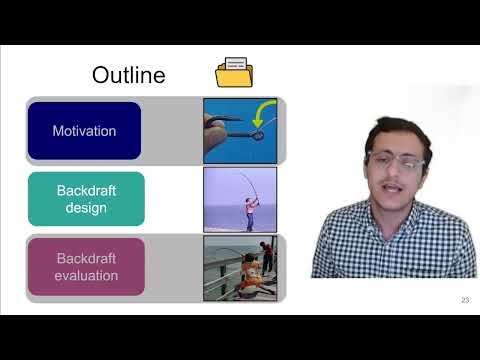Description:
Explore a 17-minute conference talk from NSDI '22 that introduces Backdraft, a novel lossless virtual switch designed to prevent the slow receiver problem in end-host networking. Delve into the challenges of packet loss in virtual switches and its impact on application performance. Discover how Backdraft combines Dynamic Per-Flow Queuing, Doorbell queues, and a new overlay network to address these issues. Learn about the implementation of Backdraft on BESS and its performance in experiments with real applications on a 100 Gbps cluster. Gain insights into how Backdraft achieves significantly lower tail latency at the 99th percentile when compared to existing solutions.

Backdraft - A Lossless Virtual Switch that Prevents the Slow Receiver Problem
Add to list
#Conference Talks
#USENIX Symposium on Networked Systems Design and Implementation (NSDI)
#Computer Science
#Software Engineering
#System Architecture
#Computer Networking
#Network Engineering
#Virtual Switches